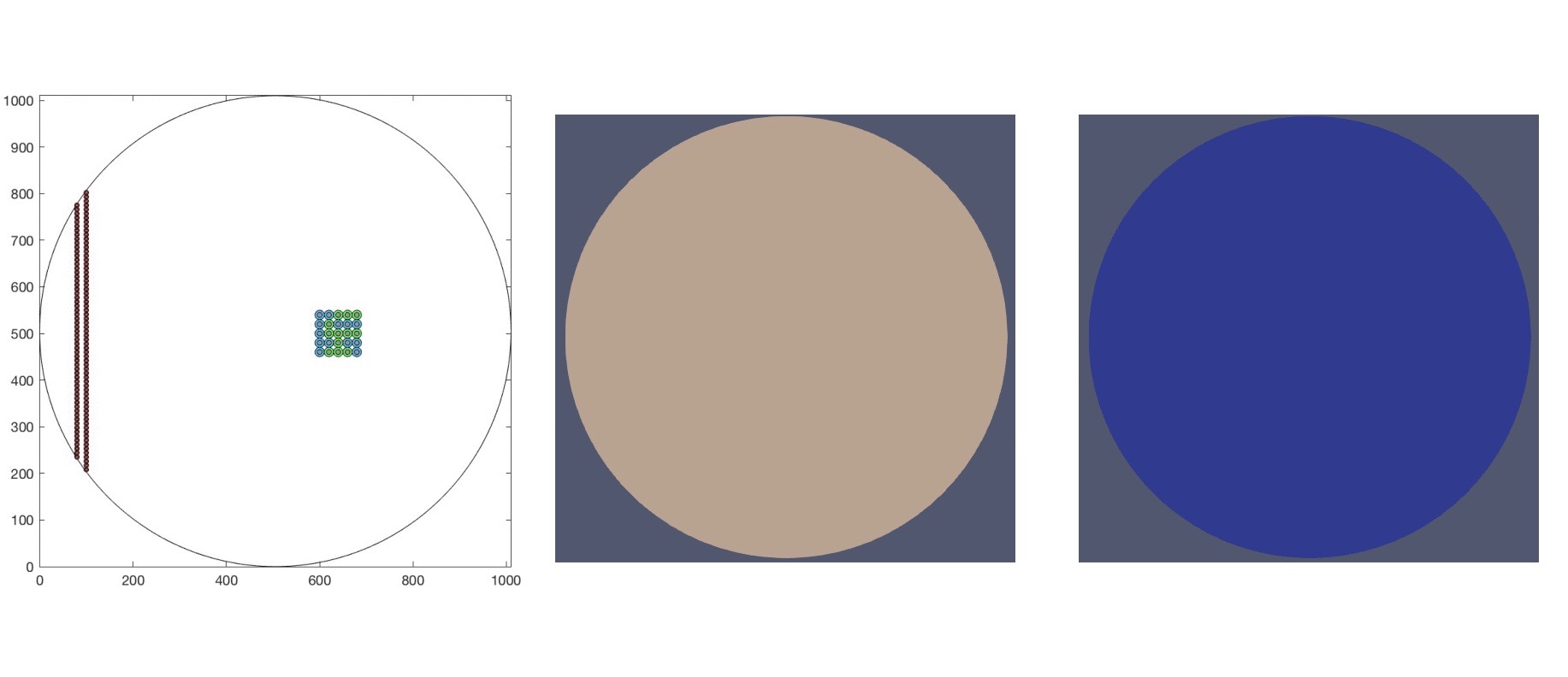
Caleb Phillips
Caleb recently graduated from the University of Texas at Austin in the inaugural class of Computational Engineering. Housed within the Aerospace Department, the major focuses on numerical analysis, computational science, and fundamental engineering. Starting in the fall of 2018, Caleb will begin graduate studies in Computational Science, Engineering, and Mathematics (CSEM) at UT with a specific focus in computational medicine.
His research includes the development of agent-based models (ABMs) to describe tumor growth and heterogeneity with a specific focus on angiogenesis. The goal of using an ABM to model angiogenesis is to quantitatively understand the physical interaction between the tumor (made up of cells with proliferative, quiescent, hypoxic, apoptotic, and necrotic phenotypes) and vasculature (made up of endothelial cells with tip, stalk, and phalanx phenotypes). As a tumor continues to grow because of new vessels developed during angiogenesis, new stresses form on the vasculature because of tumor expansion. The vessel may become severed or compressed due to these stresses, causing a drastic change in the delivery of nutrients or treatments. Understanding the physical mechanism between tumor and vascular interaction is crucial to predicting tumor growth and treatment success beyond the initial stages of tumor development.
Currently, Caleb is working on calibrating this vascular ABM with in vitro experimentation. These experiments focus on characteristics of the vasculature and its response to pro-angiogenic factors and the intracellular signaling of pathways effected by treatments that alter angiogenesis.
Left: ABM of tumor angiogenesis. The tumor cell phenotypes are as follows; gray = necrotic, orange = hypoxic, blue = quiescent, green = proliferative, and pink = apoptotic. The endothelial cell phenotypes are; red = phalanx, blue = stalk, light blue = growing stalk cell, dark green = tip, and light green = deactivated. When a vessel becomes severed from the parent vessel, the cells become deactivated and no longer delivery nutrient. Middle: The evolution of nutrient, blue and red correspond to low and high nutrient concentration, respectively. Endothelial cells deliver nutrient and tumor cells consume nutrients for cellular function. Right: The evolution of VEGF, a key growth factor in angiogenesis. Hypoxic tumor cells release VEGF and endothelial cells consume VEGF, leading to high concentration in red near the tumor and low concentration near the vessels

